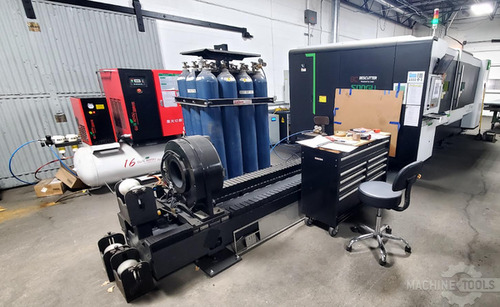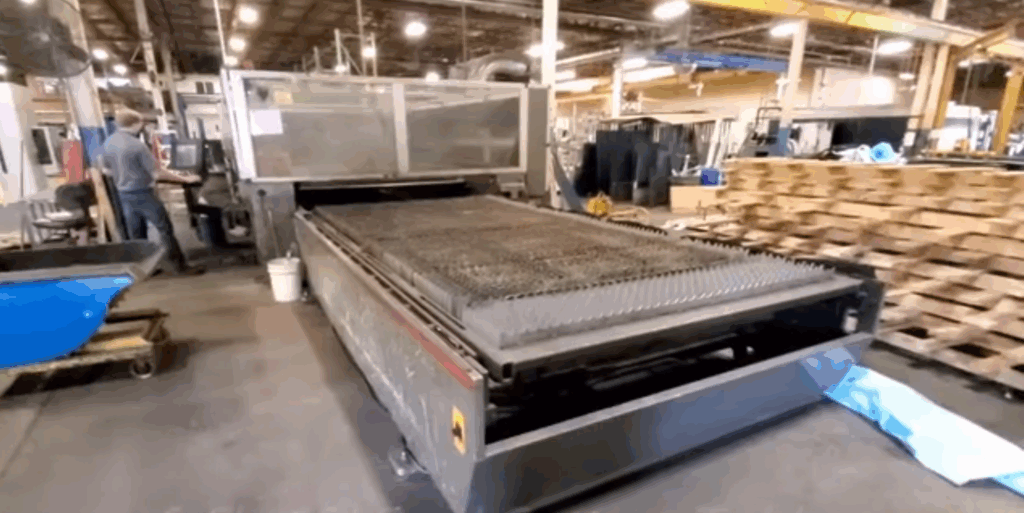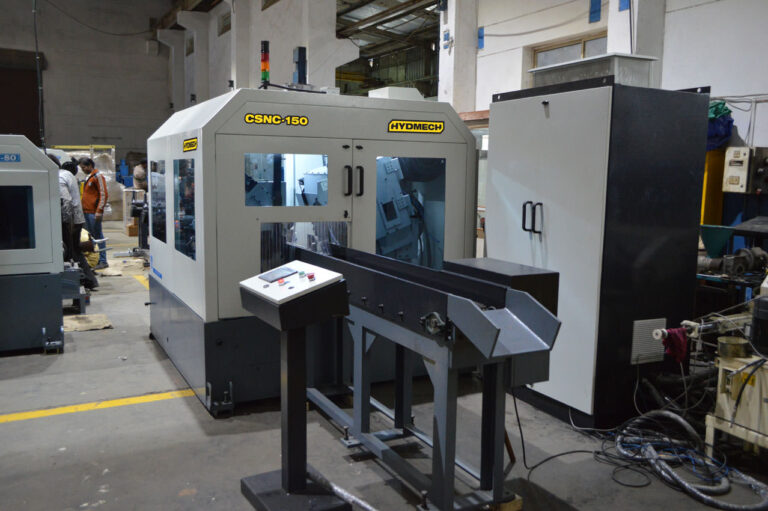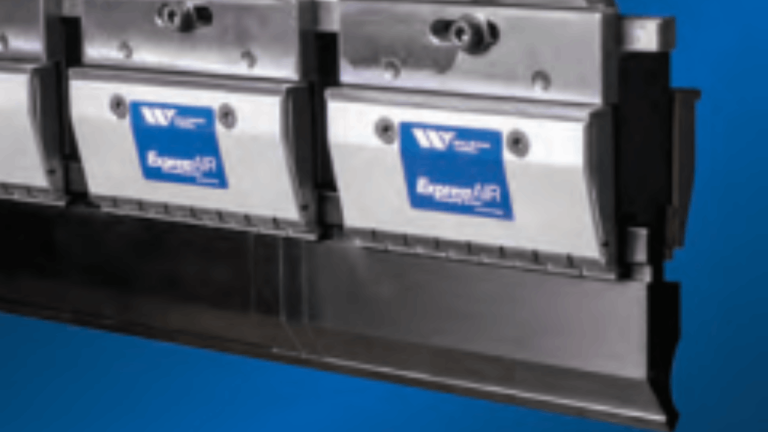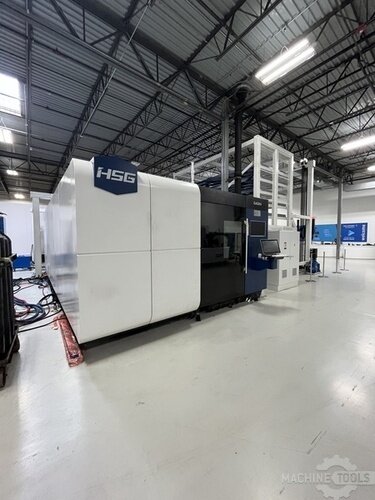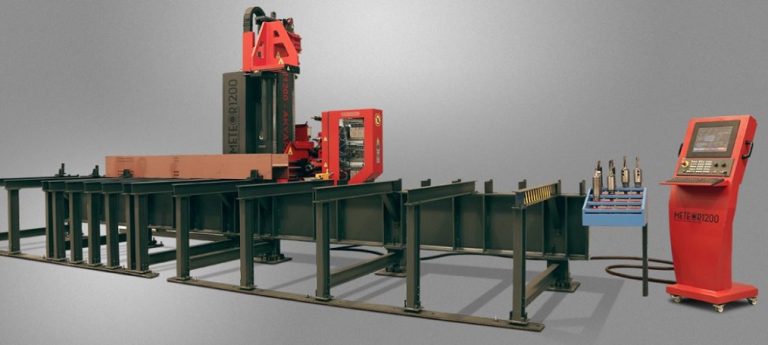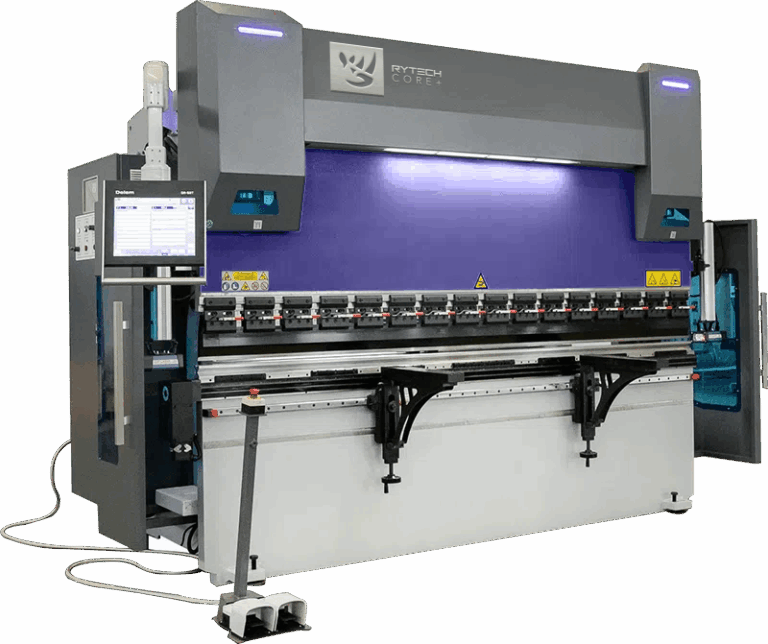As VP of Sales at Mac-Tech, I’ve had the privilege of working closely with metal roofing manufacturers to identify and implement machinery solutions that elevate both efficiency and product quality. One critical aspect that often determines the success of metal roofing fabrication is the precision of cutting operations. Clean, accurate cuts not only reduce material waste but also ensure seamless assembly and superior aesthetics. That’s why I’m excited to share my insights on leveraging HYDMECH’s carbide circular saws—machines that have proven to be game-changers in achieving clean cuts for metal roofing and related applications.
Leveraging HYDMECH’s Carbide Circular Saws for Precision Cutting in Metal Roofing Fabrication
HYDMECH’s carbide circular saws stand out in the metal roofing industry because they combine robust engineering with advanced carbide tooling technology. From my experience, these saws deliver unmatched cutting precision on a variety of metals, including aluminum, steel, and galvanized substrates commonly used in roofing panels. The carbide teeth maintain sharpness over extended runs, which means fewer interruptions for blade changes and consistent cut quality throughout production shifts.
One of the challenges I often hear from fabricators is managing burr formation and edge quality, which can compromise downstream processes like folding and seaming. HYDMECH’s saws address this by optimizing blade speed and feed rates, resulting in smooth edges that minimize secondary finishing. This not only improves the final product’s appearance but also reduces labor costs and cycle times.
Moreover, the modular design of these saws allows for quick adjustments and maintenance, which is critical in high-volume environments. At Mac-Tech, we emphasize training operators on how to fine-tune machine parameters for different materials and thicknesses, ensuring that every cut meets exacting standards. The combination of HYDMECH’s technology and our hands-on support empowers manufacturers to push productivity without sacrificing quality.
BESCUTTER FLY PRO 3015
CINCINNATI CL840
Mac-Tech’s Customized Support for Optimizing Cut, Fold, and Form Processes in Downspout Manufacturing
Downspout manufacturing demands precision cutting paired with accurate folding and forming to ensure proper fit and function. At Mac-Tech, we understand that clean cuts are just the starting point. Our approach involves integrating HYDMECH’s carbide circular saws with complementary machinery and process workflows tailored to each client’s product specifications and volume requirements.
We work closely with manufacturers to analyze their current operations and identify bottlenecks or quality issues. By customizing machine setups and recommending tooling packages, we help clients achieve optimal cut-to-fold alignment, which is essential for tight seams and leak-proof joints in downspouts. Our team also provides on-site training focused on best practices for material handling and machine maintenance, which prolongs equipment life and maintains consistent output.
Beyond installation and training, Mac-Tech offers ongoing technical support and performance reviews. This proactive partnership ensures that as production demands evolve, the cutting, folding, and forming processes remain synchronized and efficient. Our goal is to be more than just a machinery supplier—we strive to be a trusted advisor helping manufacturers maximize their return on investment through smarter, cleaner fabrication methods.
Frequently Asked Questions
Q: How often should the carbide blades on HYDMECH circular saws be replaced?
Blade life varies depending on material and thickness, but typically, carbide blades maintain sharpness for several thousand cuts. Regular inspection for wear and minor sharpening can extend blade life.
Q: Can HYDMECH saws handle different metal thicknesses without major adjustments?
Yes, the saws feature adjustable feed rates and blade speeds that can be quickly calibrated to accommodate varying thicknesses, ensuring clean cuts across a range of materials.
Q: What kind of training does Mac-Tech provide for operators?
We offer comprehensive training covering machine setup, parameter optimization, routine maintenance, and troubleshooting to empower operators with the skills needed for consistent, high-quality production.
Q: Are there customization options available for HYDMECH carbide circular saws?
Absolutely. We can tailor tooling packages, automation integrations, and safety features to meet specific production needs and facility layouts.
Q: How does clean cutting impact downstream forming processes?
Clean cuts reduce burrs and edge deformation, which improves fold accuracy, reduces tool wear, and minimizes rework, leading to higher throughput and better product quality.
If you’re looking to enhance your metal roofing or downspout manufacturing with precision cutting solutions, I encourage you to explore HYDMECH’s carbide circular saws and connect with us at Mac-Tech. With the right equipment and expert support, you can achieve cleaner cuts, streamline your processes, and deliver superior products to your customers. Feel free to reach out to me directly at pat@mac-tech.com for personalized guidance or to schedule a demonstration.
Get Weekly Mac-Tech News & Updates

